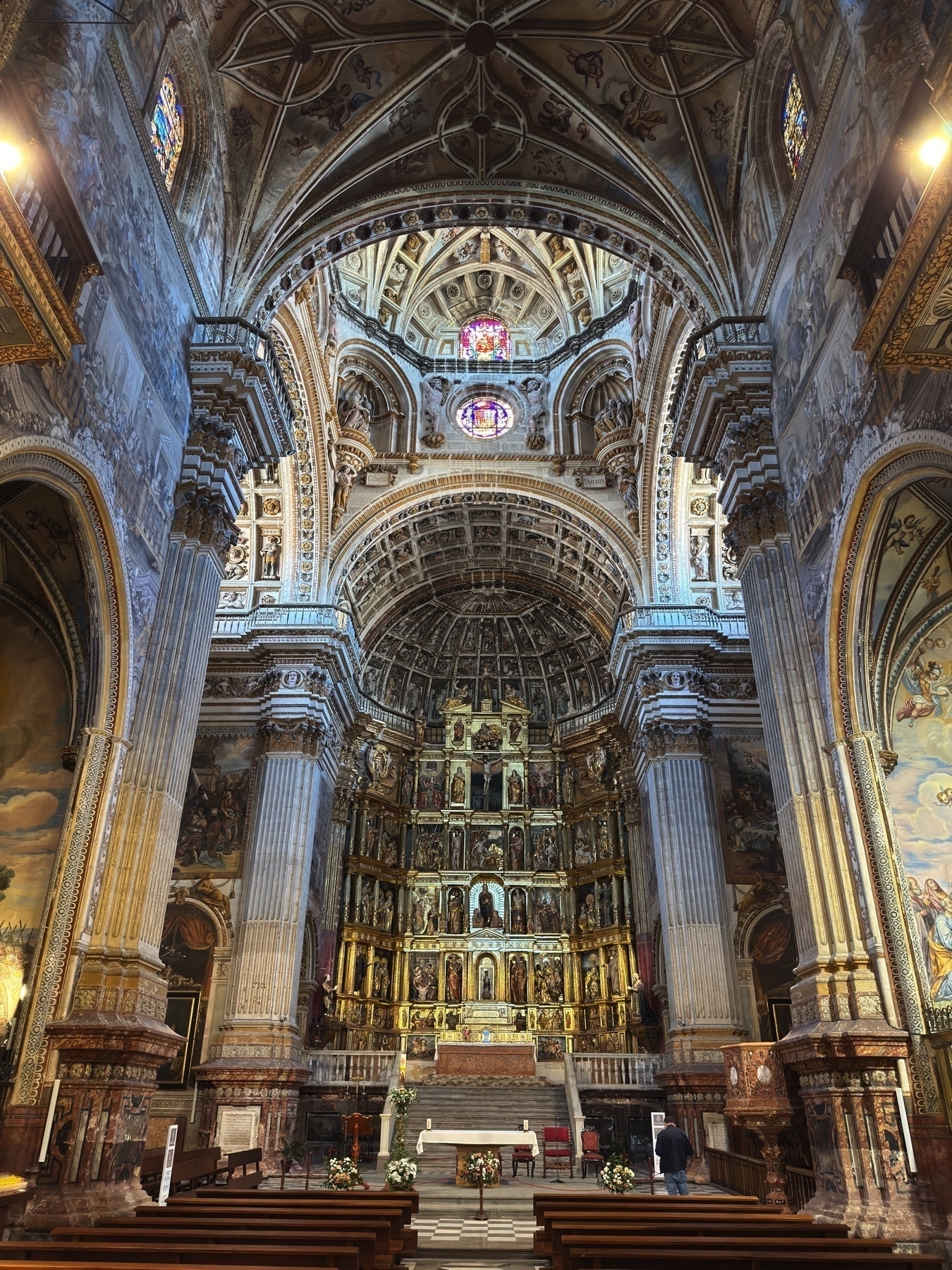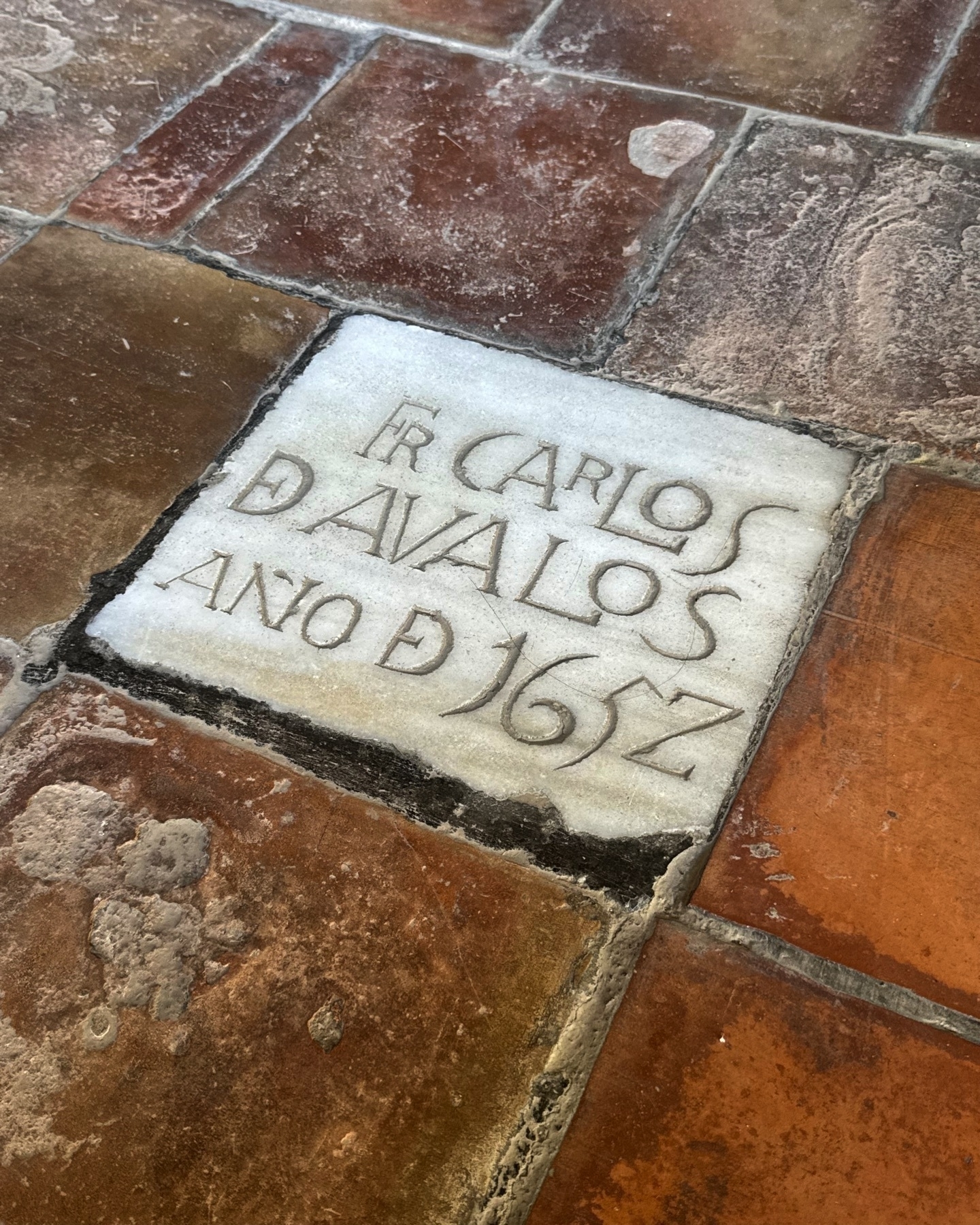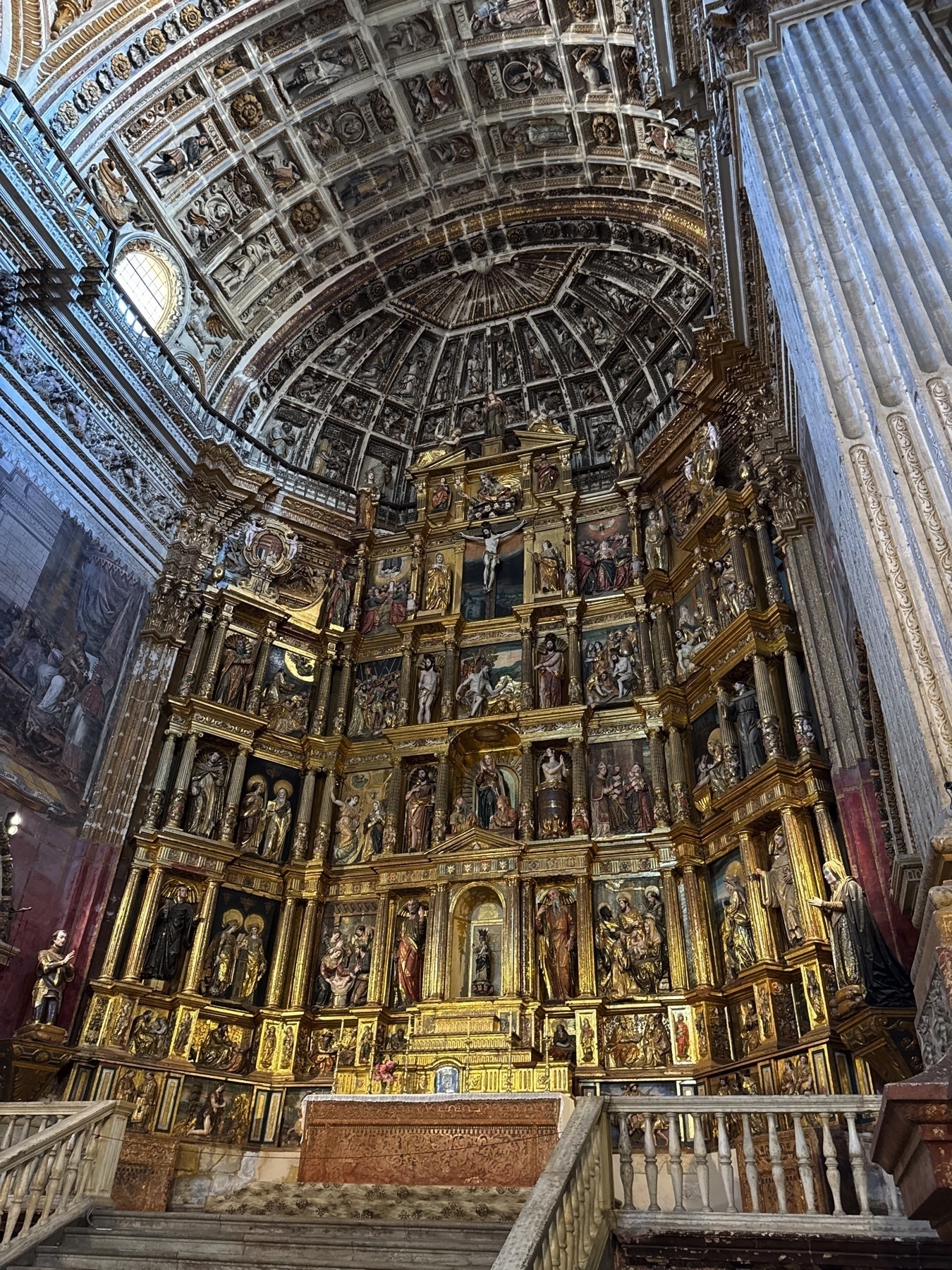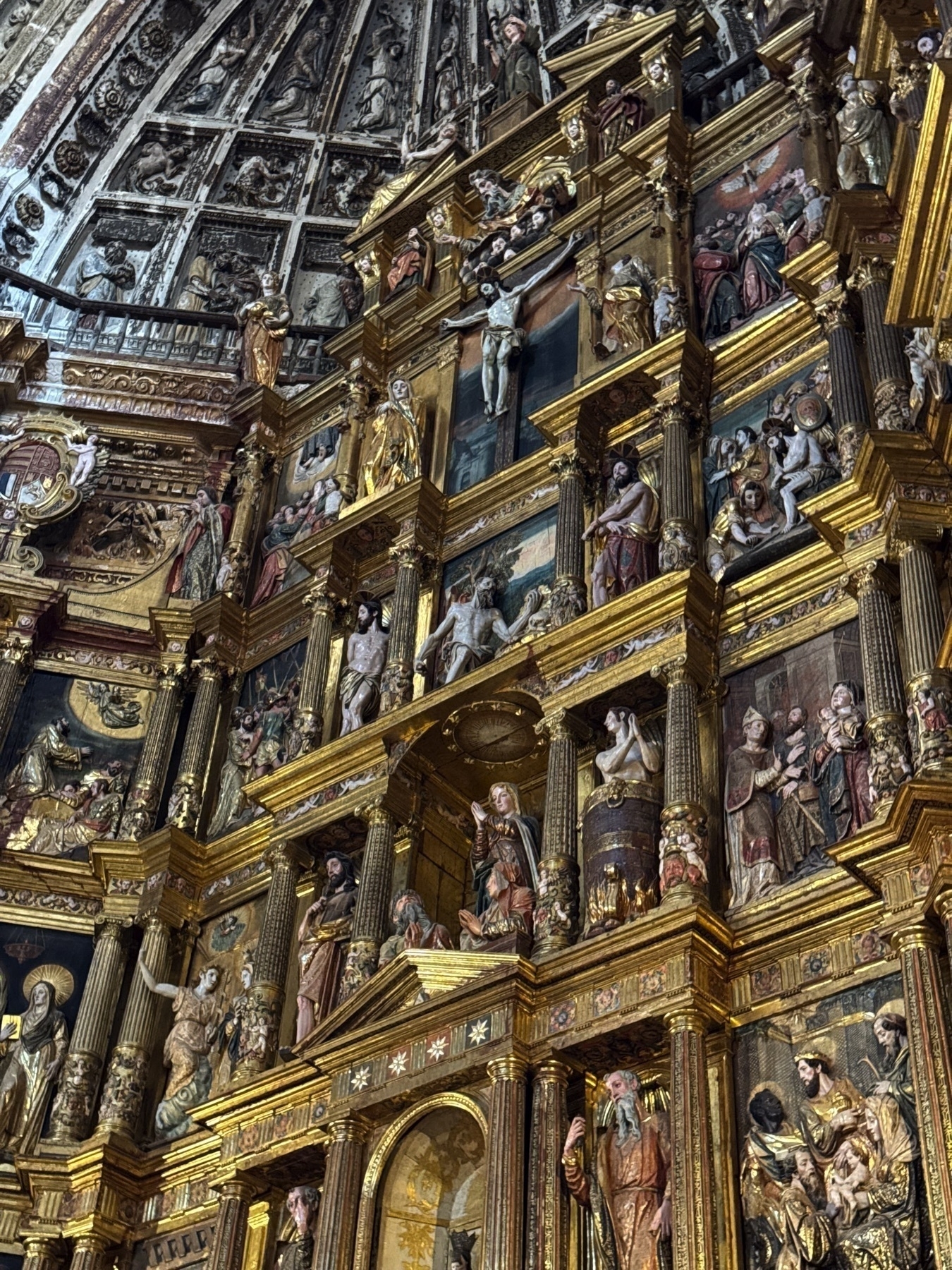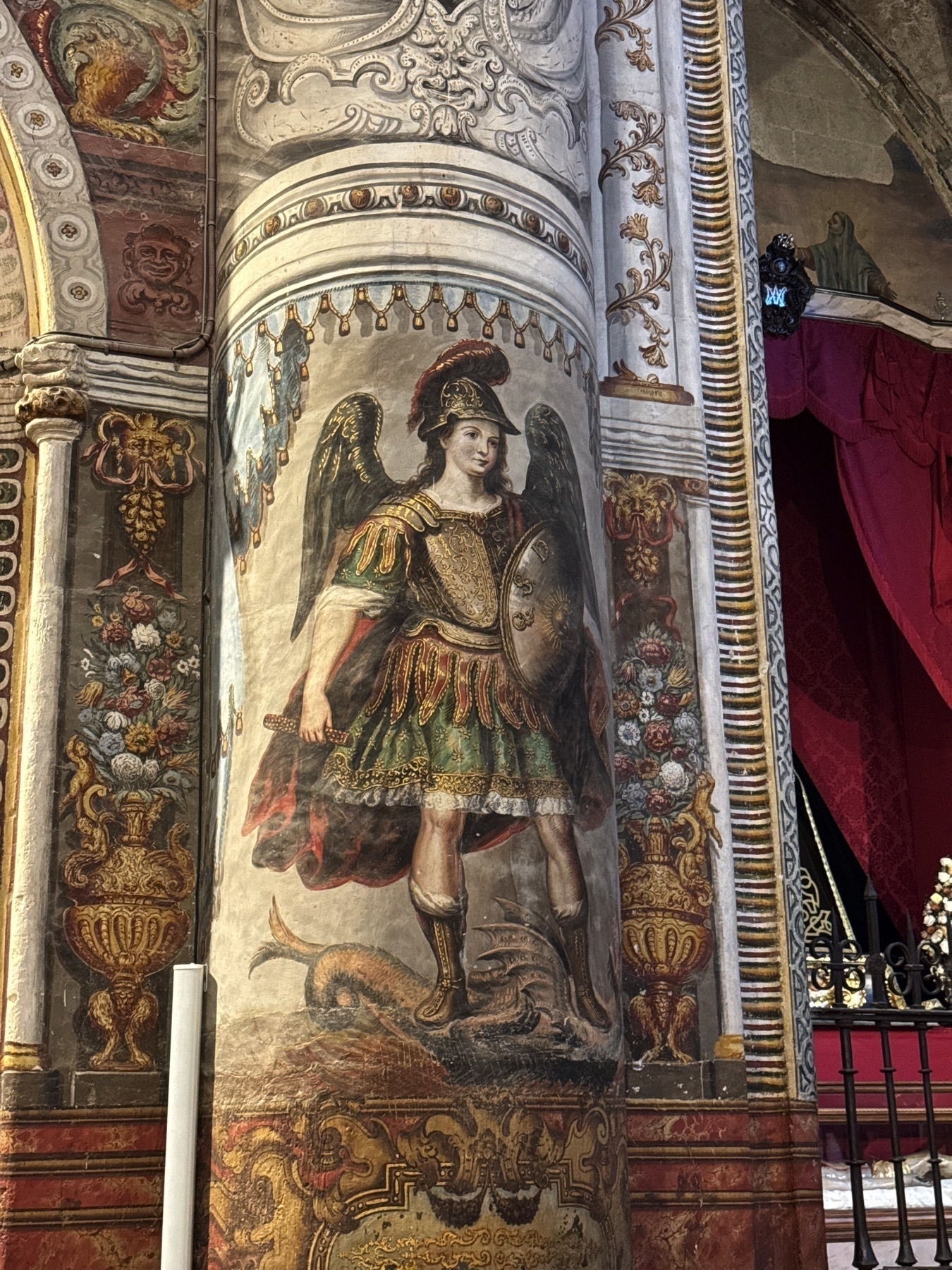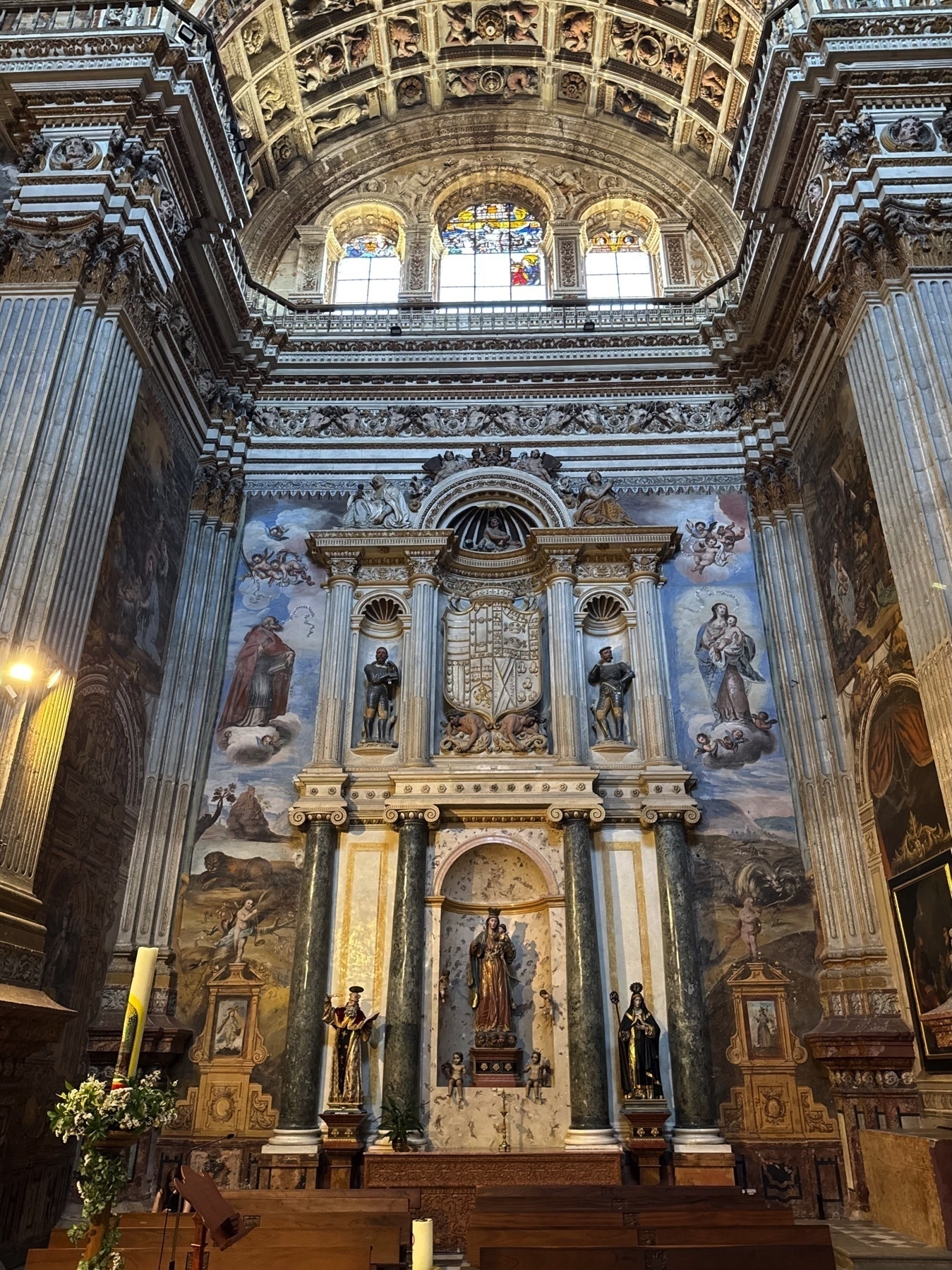New posts from me.chasen.dev
Málaga
Málaga was a small, beautiful, touristy beach city with a lot to offer.
These are all the posts I made about the city:
- Alcazaba (fortress with decent views)
- El Tintero (a unique dining experience along the coast)
- Castillo de Gibralfaro (castle with the best views)
- Mesón Mariano (delicious alcachofas and other tapas)
- Catedral de Málaga (beautiful cathedral)
- El Pimpi (delicious food)
- Picasso museum (art!)
- Mesón Antonio (easy go-to with great food)
- Walking around the city (photos of landmarks, random streets, etc.)
- More food shoutouts (Los Patios de Beatas, Claus Bakery, Casa Aranda, El Café de Chinitas, and Puerta Oscura)
Overall, I loved being by the coast and everything that comes with that: fresh air, ocean breezes, and not-as-hot weather.
I really enjoyed the restaurants we found—I would say the quality didn’t reach as high as Sevilla but they were still great. We went back to Mesón Mariano, El Pimpi, and Mesón Antonio a few times; I wish we had a chance to go back to El Tintero.
It was quite a hike, but I really enjoyed the sights from Castillo de Gibralfaro (and to a lesser extent, the Alcazaba). The Catedral was nice but doesn’t compare to the Catedral de Sevilla. The Picasso museum was fun to walk through and isn’t that large.
Our Airbnb in the city center was perfect, and the main part of the city is so small it’s easy to walk around everywhere. We used the bus system to get down to El Tintero; we learned to just use the local bus system’s app instead of depending on Apple or Google Maps (both seemed incorrect).
Overall, I’d be happy to come back to Málaga, and I’d be really excited to stay along the coast to soak up the full beach vibes.


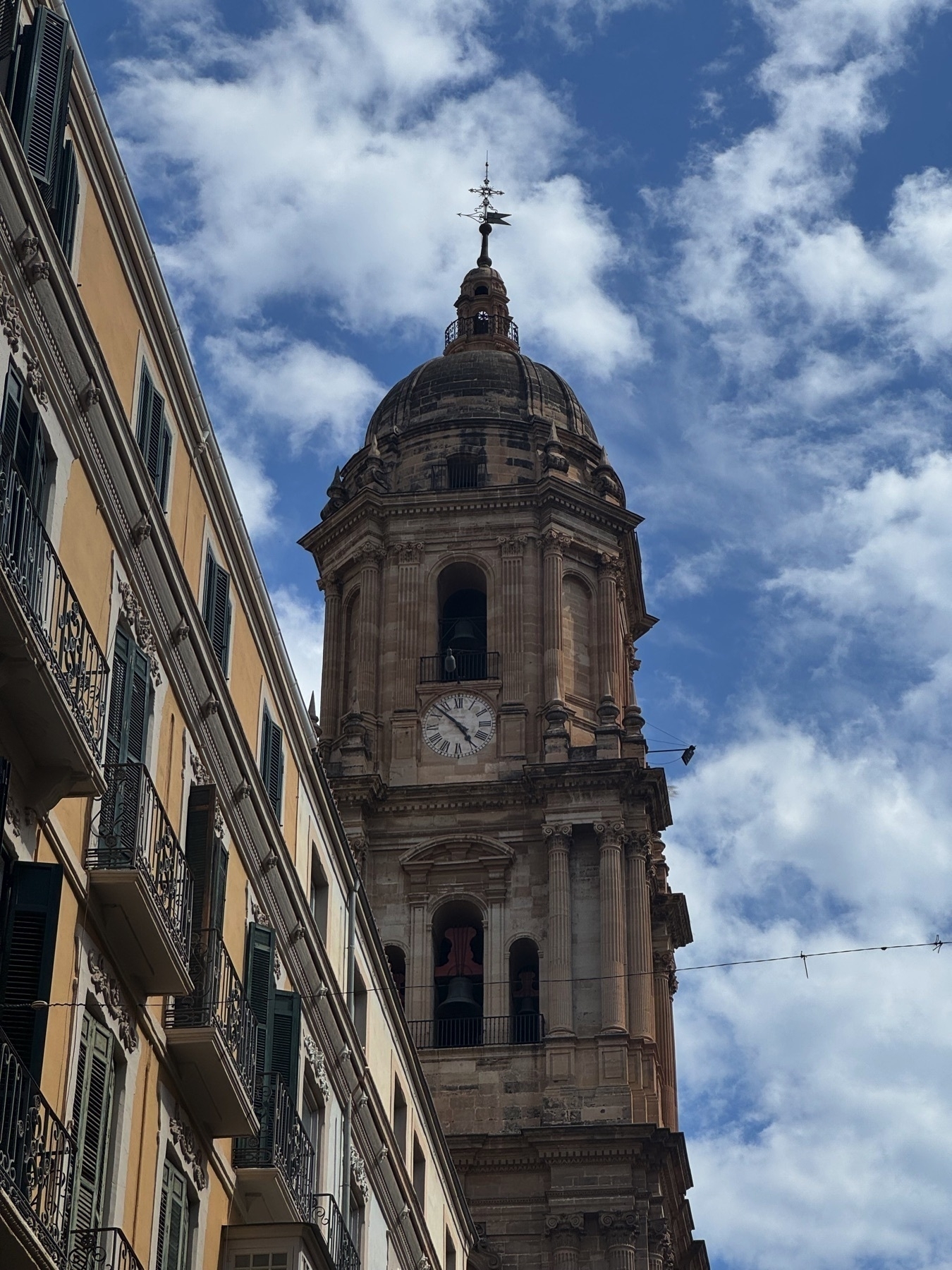
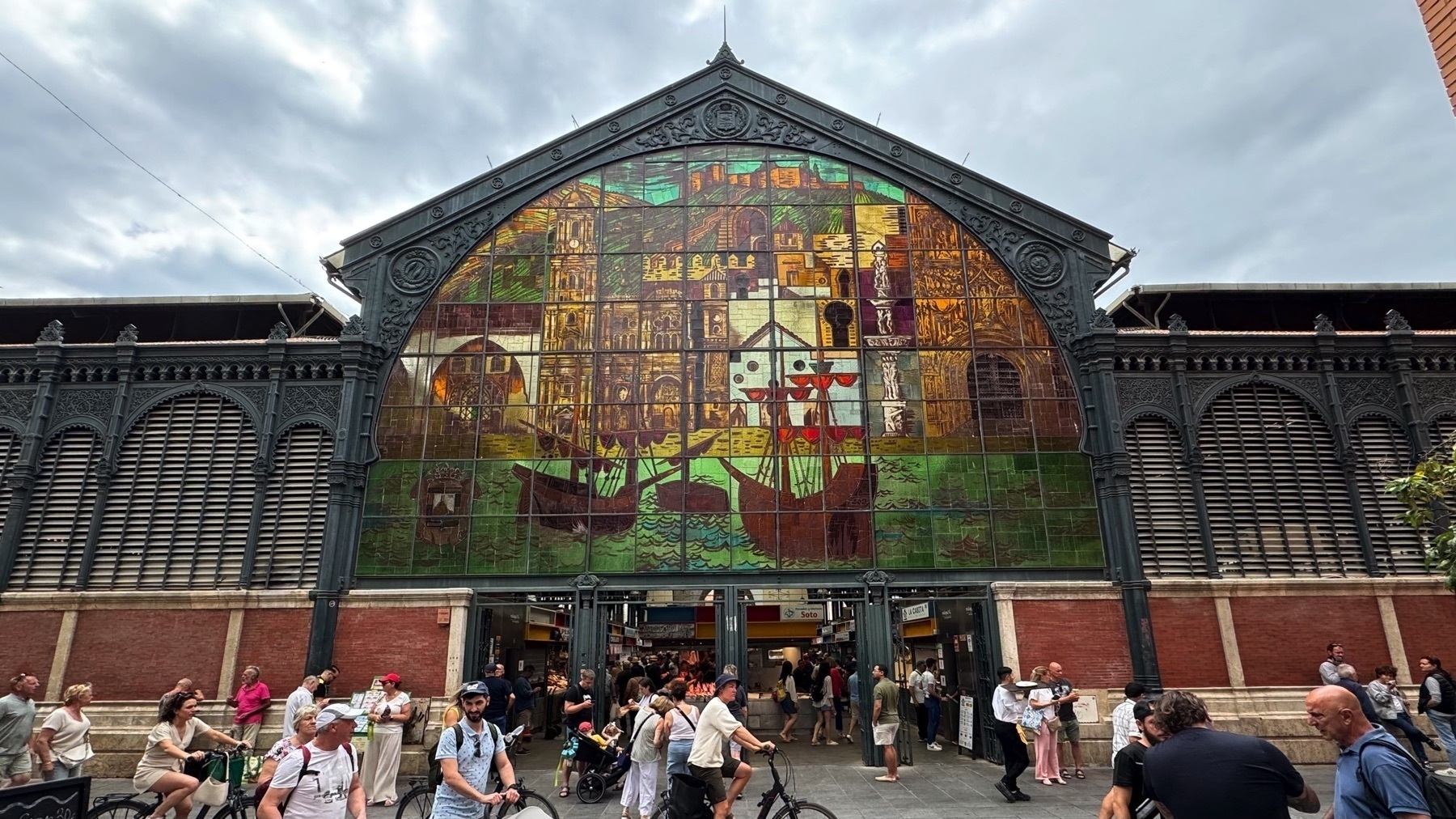
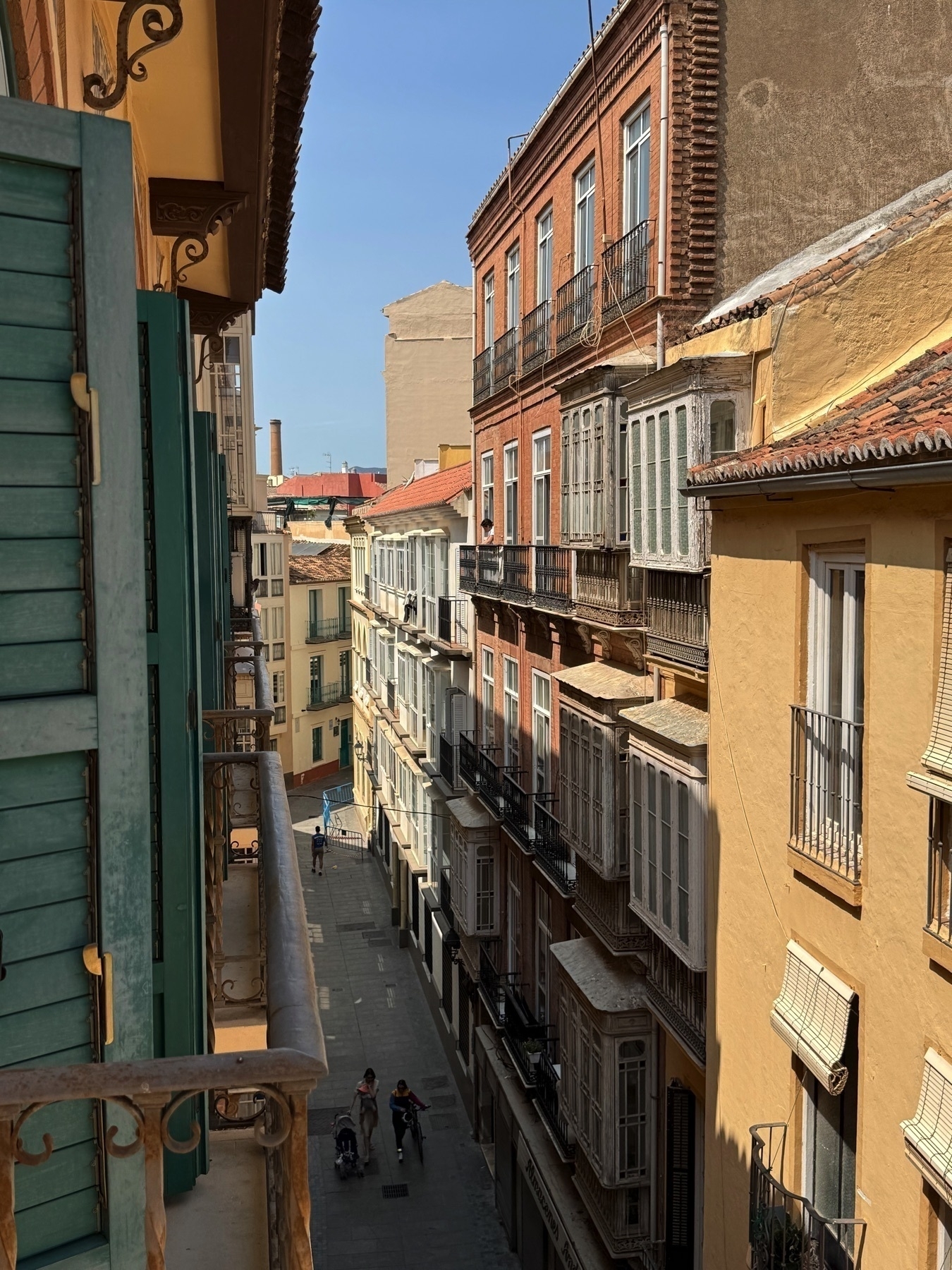
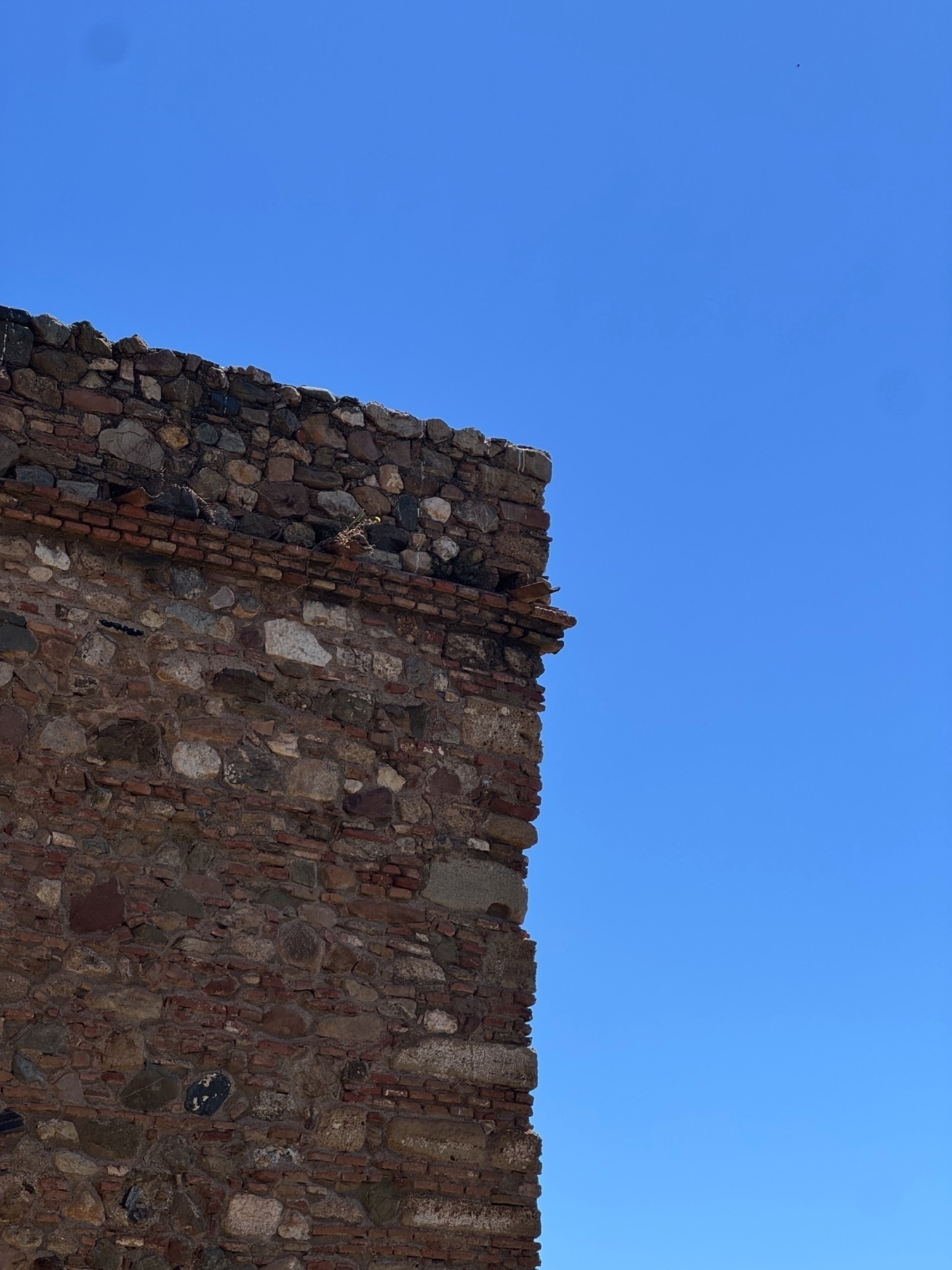
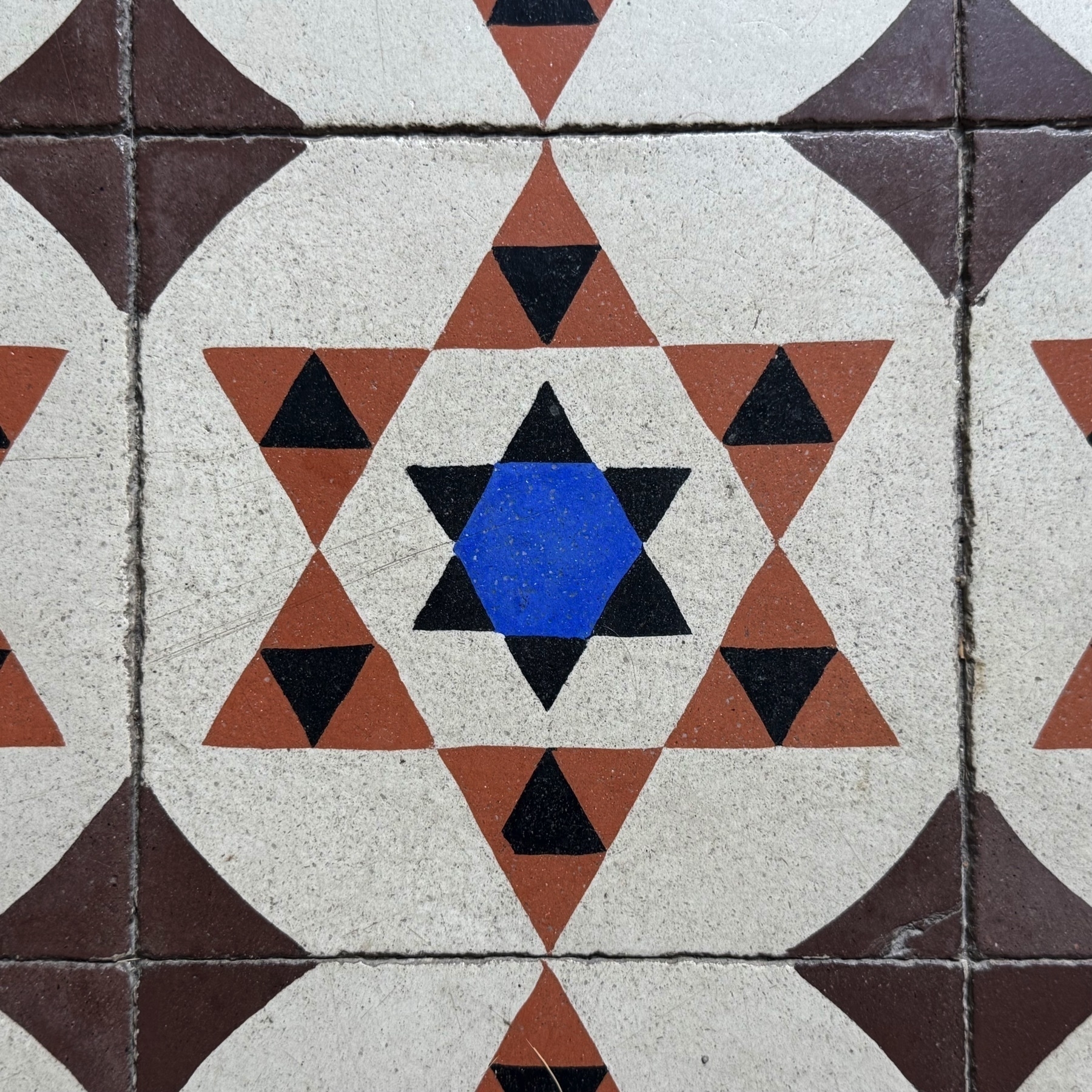
On Monday we went to the Monasterio de San Jerónimo in Granada, a 16th-century monastery that was occupied by Napoleon’s troops during his occupation of Spain in the 19th century. Wild!
Around the cloister garden, dozens of tombstones marked the graves of monks from centuries ago.
